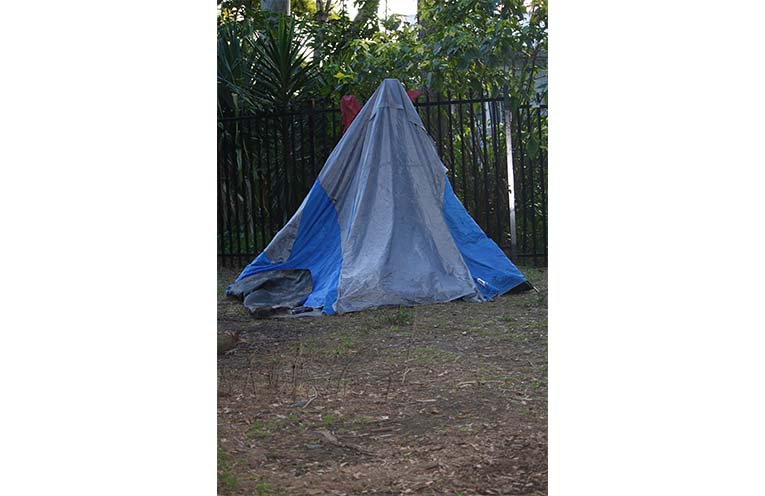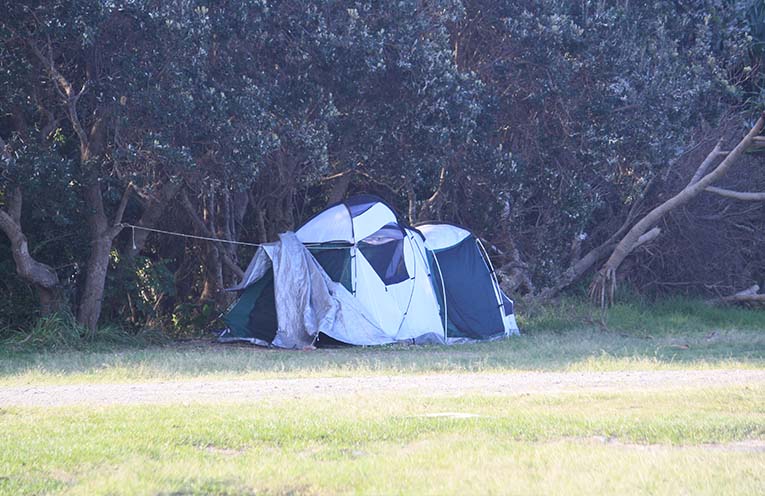
WHILE Cyclone Alfred spared Coffs Harbour the worst, it exposed major gaps in how we support one of our most vulnerable groups – rough sleepers – during emergencies.
Despite best efforts from the community, unclear and delayed communication left many scrambling.
 Advertise with News of The Area today.
Advertise with News of The Area today.It’s worth it for your business.
Message us.
Phone us – (02) 4981 8882.
Email us – media@newsofthearea.com.au
Only luck prevented a potential disaster.
A spokesperson for Homes NSW, which funds local homelessness services via the Department of Communities and Justice (DCJ), confirmed that the NSW State Emergency Service is the lead agency for safety advice, emergency alerts, and evacuation centres.
In a crisis, DCJ’s role is to pass this information on to its funded Specialist Homelessness Services.
Some outreach did occur ahead of the storm with these services sharing weather alerts, material aid, and evacuation information with rough sleepers.
However only DCJ-funded services were looped in.
Key organisations like Pete’s Place, the main frontline service for rough sleepers in Coffs, were not included in any coordinated response.
Nor were the church groups or community citizens who support homeless people year-round, and jumped in to provide extra emergency support at this time.
In regard to this broader collaboration, the Homes NSW spokesperson noted that services “should be encouraged to participate in their local community sector meetings”.
City of Coffs Harbour Mayor Nikki Williams said Council plays a response role only, taking direction from emergency services.
“We don’t lead in these situations… too many chiefs can muddle the message,” she said.
However, she acknowledged that communication around support for rough sleepers “could have been better”, and encouraged any organisation or individual who felt hindered by poor communication, to reach out.
Gurmesh Singh, Member for Coffs Harbour and Shadow Minister for Emergency Services, agreed that coordination could improve.
“Lessons are learned in every crisis,” he said, urging DCJ to share plans more widely so that all community services and the public know what’s happening.
Mr Singh said he was involved in various aspects of the overall crisis response, including consideration for rough sleepers.
Councillor Tony Judge, a longtime homelessness advocate, raised alarm about the risk to rough sleepers near Coffs Creek in the lead-up to the storm.
“Even without major flooding, tents were inundated, destroyed by wind, and disease risks from mosquitoes and leeches rose sharply.”
He praised the efforts of Pete’s Place, the Salvos, and local volunteers, but said the government and Council could have been more timely in their response and more generous.
“There was a missed opportunity to use Cavanbah Hall as emergency shelter – it’s close to where many rough sleepers live,” he said.
“We need to learn from this. I’ll be calling for a full review of Council’s response and steps to better prepare for future events.”
Though disaster was avoided this time, many in the community argue that Council should step up and take the lead in crisis planning for rough sleepers.
While Council’s Homelessness Policy notes that federal and state bodies fund services, it also states that Council is “an important source of local understanding and leadership” in this space.
By Leigh WATSON



